The American search for, and British selection of, a new camouflage uniform for Afghanistan has been getting lots of attention – but quite a few other countries have been also changing / upgrading their camouflage uniforms in the 21st Century.
The first big new development was when the Canadians introduced the world to the CADPAT pixelated camouflage pattern, and in effect re-wrote the rule book of camouflage pattern design. Then the US Marine Corps adopted a completely new style of Combat and Utility Uniform that started an irreversible fashion trend – especially once the US Army adopted a broadly similar style in the ACU, which was then copied around the rest of the world as well.
Interestingly, although Crye Precision really stirred things up with their radically re-styled combat clothing designs and multi-terrain “MultiCam” camouflage pattern, they’ve not had the wide-ranging impact on the uniform designs of the rest of the world that CADPAT / MARPAT and the MCCUU have had.
Other big influences on the introduction of new camo uniforms have been the ongoing operations in Afghanistan and Iraq. As a result, there have been a whole lot of new desert camouflage patterns put in to service by European countries that don’t have any deserts on their home turf.
Worthy of a special note are the Russians. Their military and para-military forces have been seen wearing a very wide range of new uniforms and camouflage patterns in recent years – this has led a lot of people to debate about what is “authentic issue” and what’s simply commercial. The answer is that there is not such a clear line between the two – especially for special operations units, who can augment their “official issue” kit and clothing with privately (or unit purchased) items; particularly camouflage uniforms better suited to the types of operations they perform and the terrain where they operate.
What’s also especially interesting about the new Russian camo patterns is that several of them are based on revamped versions of WWII camouflage patterns – and in the case of the reversible “Chimera” uniform, even of the Waffen SS! The German retailer W&T Tactical Assault Gear have a particularly interesting and useful page on their site that shows the very wide range of camouflage patterns available on the commercial Russian market: click here.
Looking at all the developments around the world there are some other interesting points to note as well though:
First of all, the sheer scale of activity in this field over the past few years is quite interesting. I’ve been a student of camouflage combat uniforms for probably something like 30 years now, and have never seen so much activity or as many new developments as have been happening in the last few years.
But its not just about “pretty new uniforms”, what’s really cool is how the individual soldier is now more and more being rightfully treated as an integrated, multi-purpose, system and is being given a full range of modernised, focussed, mission-adaptable kit accordingly. Its nice to see the “cannon fodder” and “bullet catcher” days of the “poor bloody infantry” being consigned to the pages of history at last.
Secondly, “digital” has clearly become a global craze – and whilst there are many patterns that are simply re-coloured copies of CADPAT, there are also quite a few that are more interesting and innovative. And some which don’t even merit the term. In the cases of Kazahkstan and Lebanon, they’ve already adopted patterns that are very similar to the US Army’s UCP-Delta pattern now being tested in Afghanistan.
Thirdly, its interesting to note that only the Latvian Army has followed the US Army’s lead and adopted a single “universal” camouflage pattern – but the Saab-Barracuda designed Latvian “Legoflage” is probably a more effective pattern than UCP. In every other case, countries have chosen the more traditional route of different colourations for different environments.
On the other hand, the French have completely updated the style and features of their combat uniform – but retained the standard CCE camouflage pattern.
Finally, I’ve only included uniforms that are actually being produced and used, even if just in field trials, by military forces. I’ve not included any that are purely commercial ventures, or that only exist as a design or computer simulation. I also realise that this article will out-of-date 5 minutes after I publish it, so I’ll be coming back from time to time to keep it up-to-date.
Right, with all that in mind, let’s hit the road for the Strike-Hold! Camouflage World Tour…
AFGHANISTAN
AUSTRIA (trial patterns)
BOSNIA
BULGARIA
Air Force
CHINA
COLUMBIA
CROATIA
CZECH REPUBLIC
ECUADOR
ESTONIA
FINLAND
FRANCE
FELIN Trials Uniform
New Combat Uniform
Mountain Troops Snow Camo
GERMANY
GREECE
JORDAN
Army / Air Force (left), Royal Guards (right)
Civil Defence
Customs
Public Security Directorate
Navy (left), Special Forces (right)
IRAN
IRAQ
Police
Army
Special Forces
ITALY
Army
Naval Special Forces
San Marco Brigade
Mountain Troops
GOI (Gruppo Operativo Incursori)
KAZAHKSTAN
KOREA (South)
LATVIA
LEBANON
Airborne forces
SEALs
MACEDONIA
MEXICO
Army
Navy / Marines
Police
NETHERLANDS
trial patterns
PERU
PHILLIPINES
Army
Marines
Navy
National Police Special Action Force
POLAND
Special Forces
PORTUGAL
RUSSIA
Army
Border Guards
Special Operations Forces


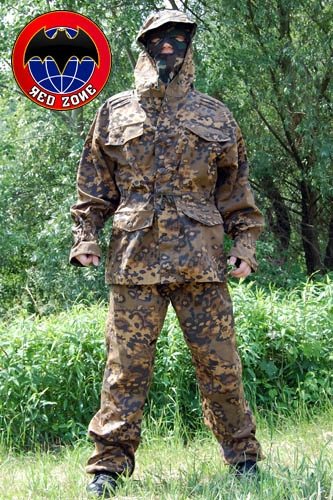
Airborne forces

GRU – VDV 45th Detached Recon Regiment (thanks to Johannes for these photos)
FSB Alpha Group
SERBIA
SINGAPORE
SLOVAKIA
SLOVENIA
SPAIN
trial patterns
SWITZERLAND
THAILAND
TURKEY
UKRAINE
Special Forces
Airborne Forces
____________________________________________________________________________
A special thanks to the members of MilitaryPhotos.net and the International Camouflage Uniform Society – too many to remember and mention by name – for providing such a rich source of up-to-date information. And a very special note of thanks to Brad Turner and his excellent site Kamouflage.net – its well worth a visit.

![[PT]Airsoft - News](https://blogger.googleusercontent.com/img/b/R29vZ2xl/AVvXsEjekwQN8PZ8Aeu2Po4KbDUeQqiHVcLwA5XZYsIC-gMVpCd3zxxnc4cMLo44twub9haKWlaQ0ZJ4JSptZ42LO-wK7i71vN3_aNdRkHGfZJ54ObqgNMSmtnacyz_xR0SE2gYlWXAS6iJgeNo/s1600/blog_logo.png)
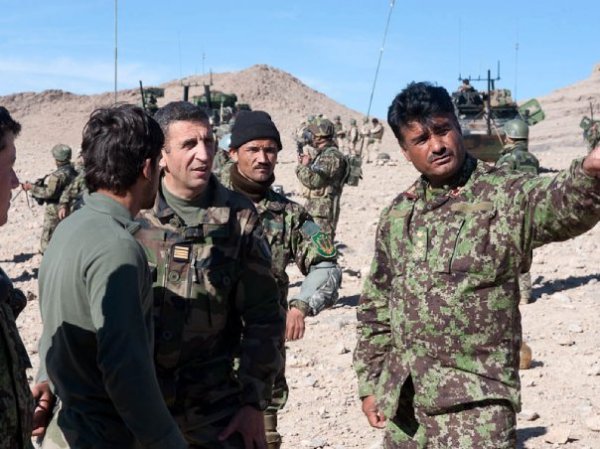

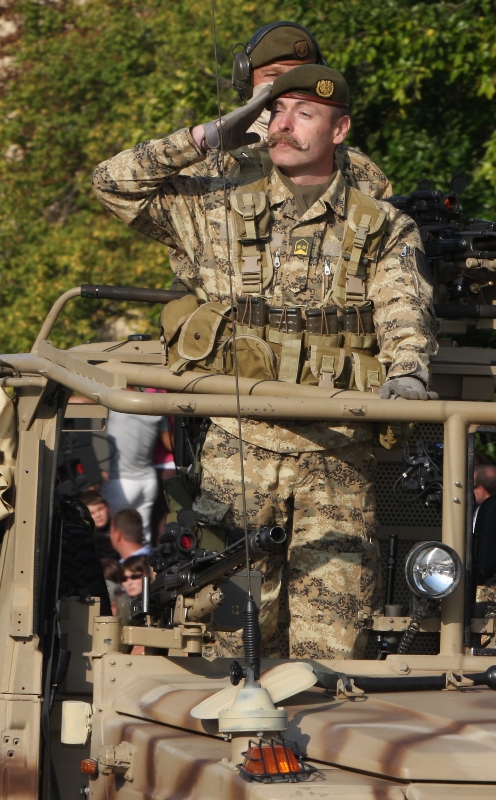
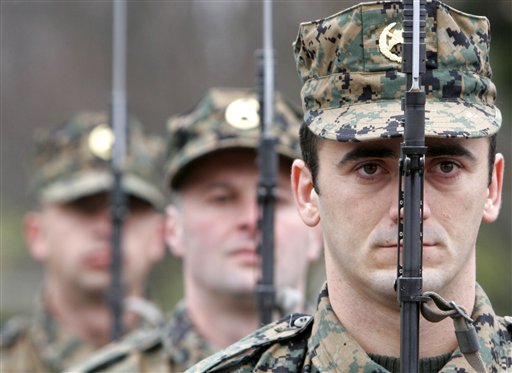

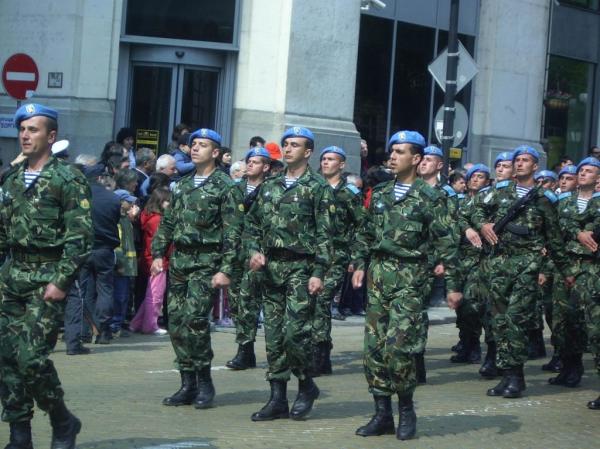
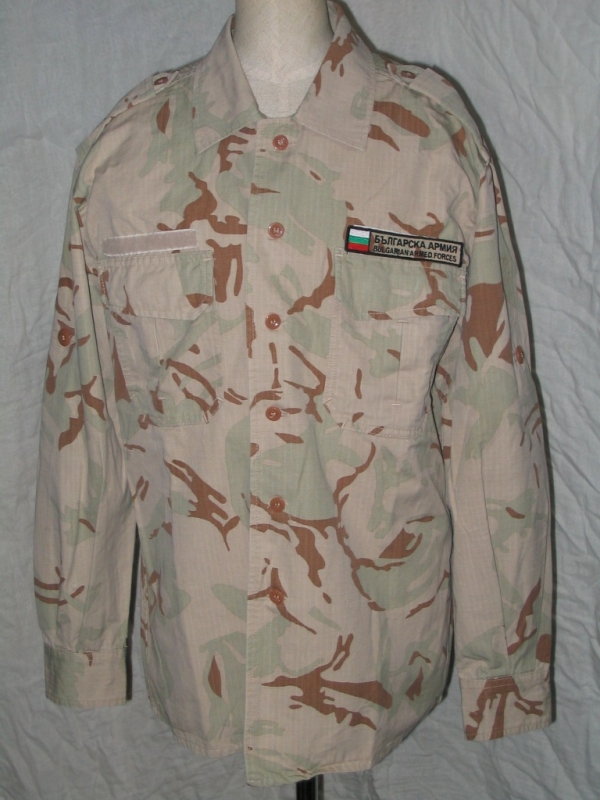


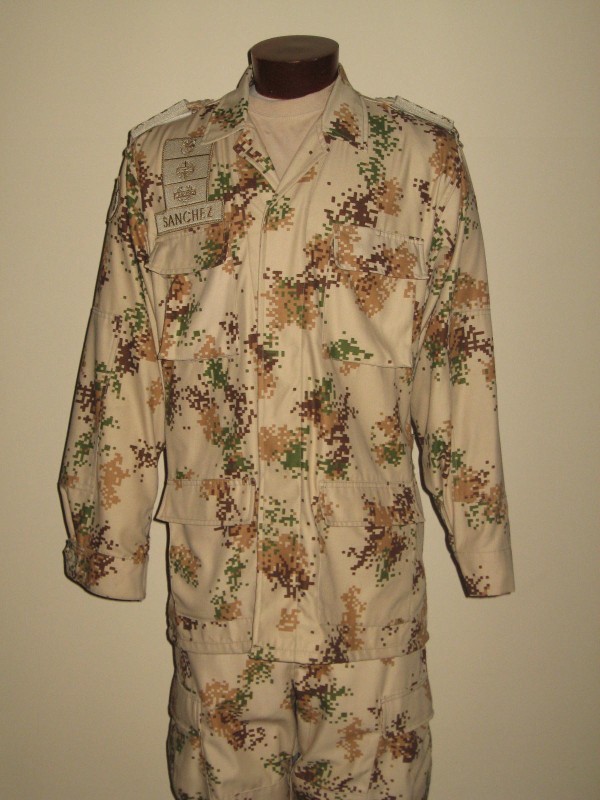
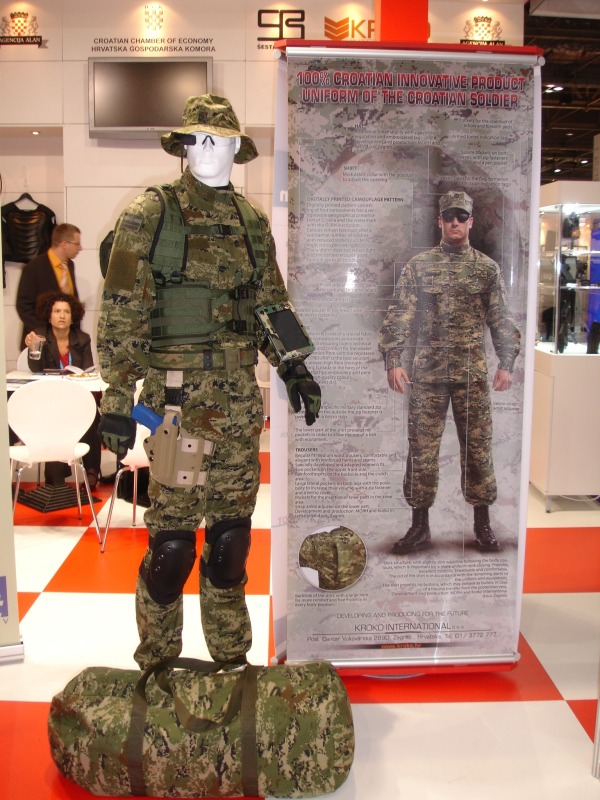
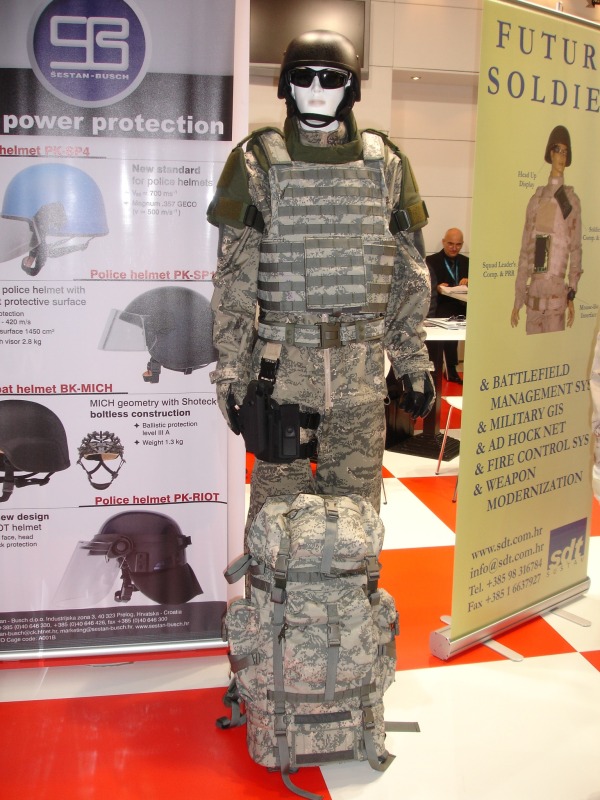
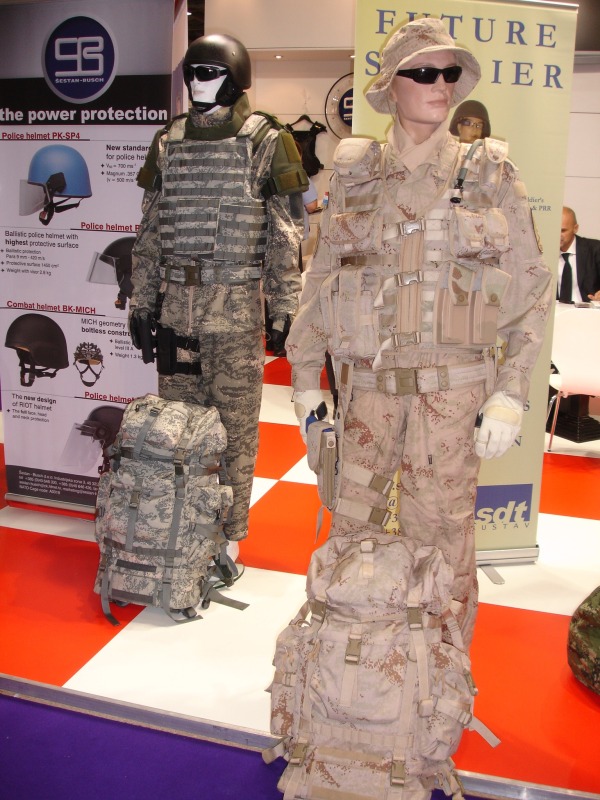
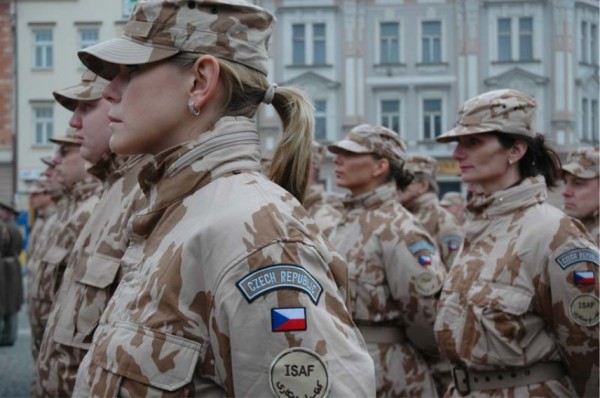

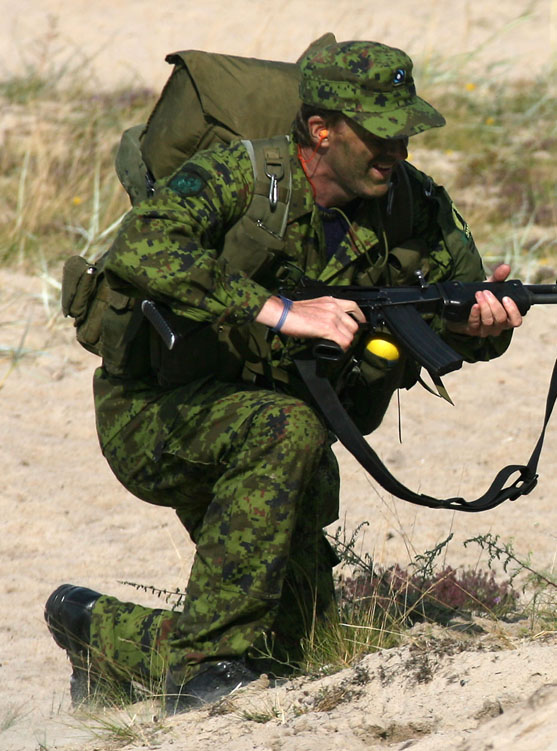
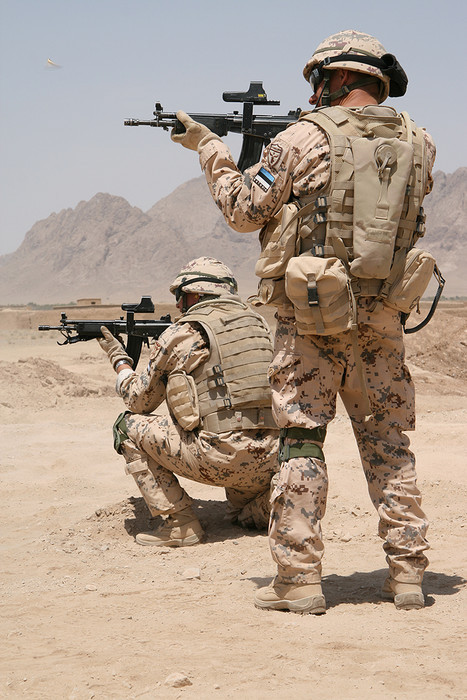
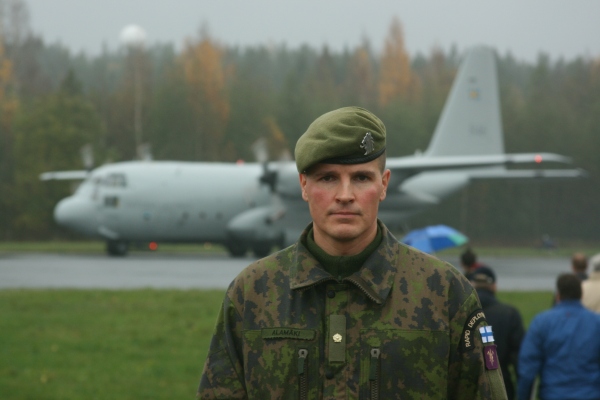
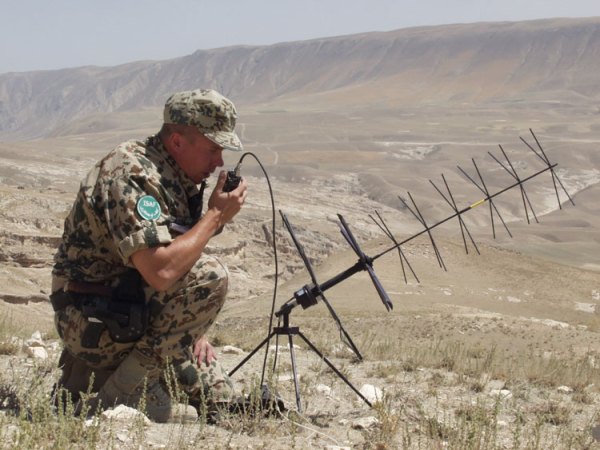

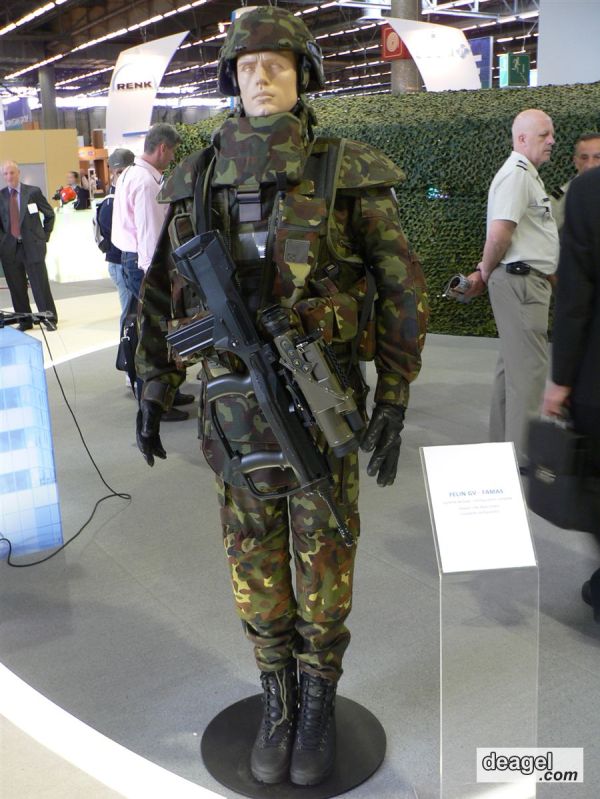

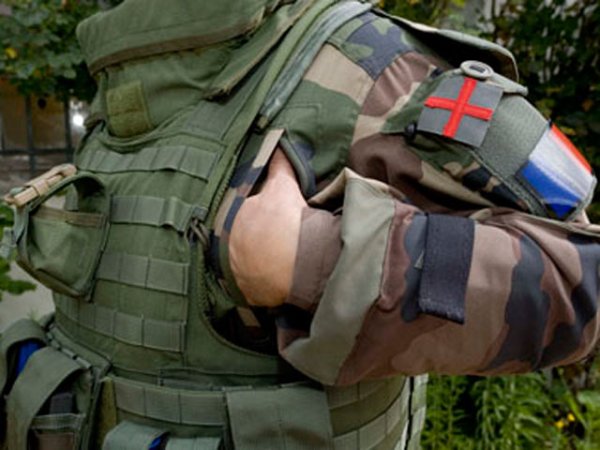

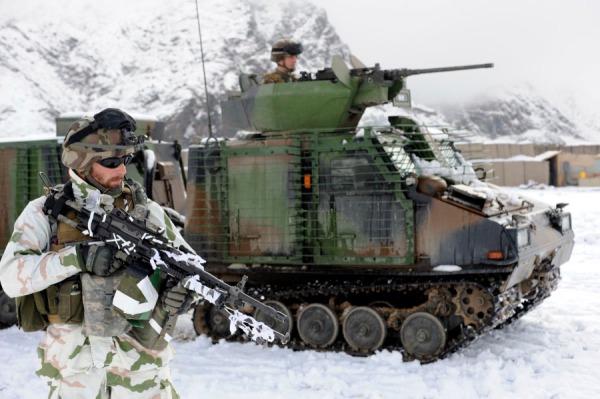

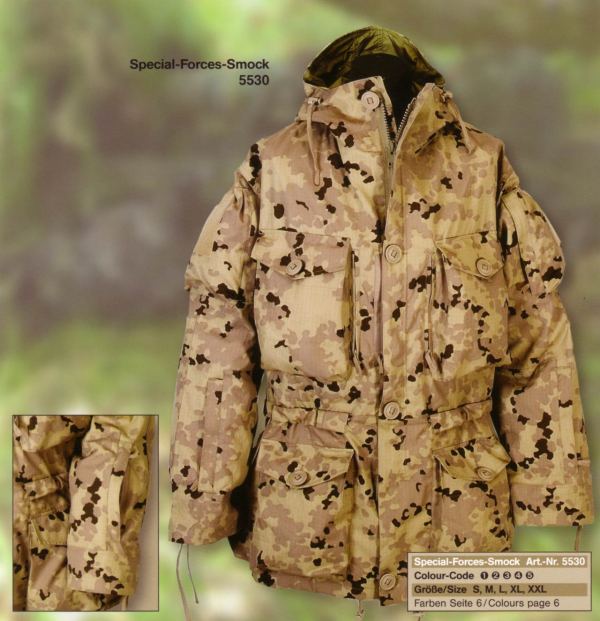
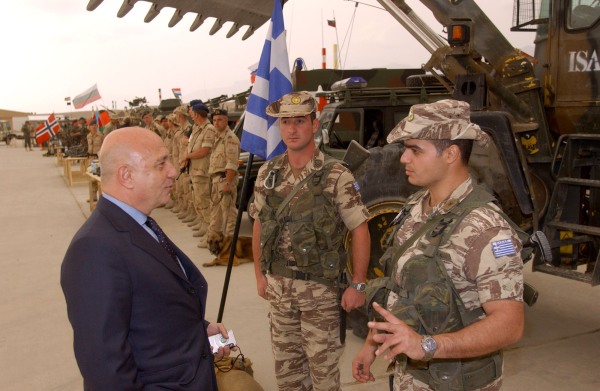
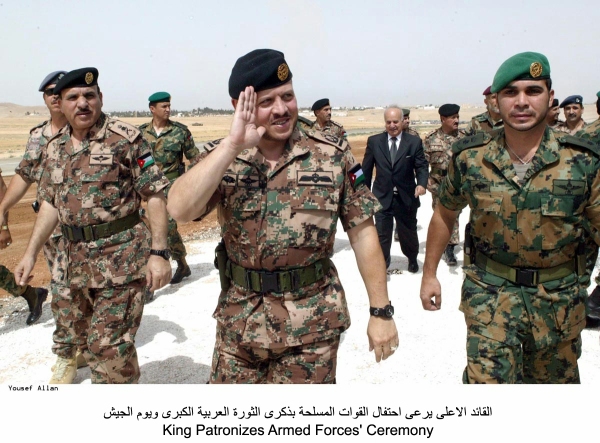
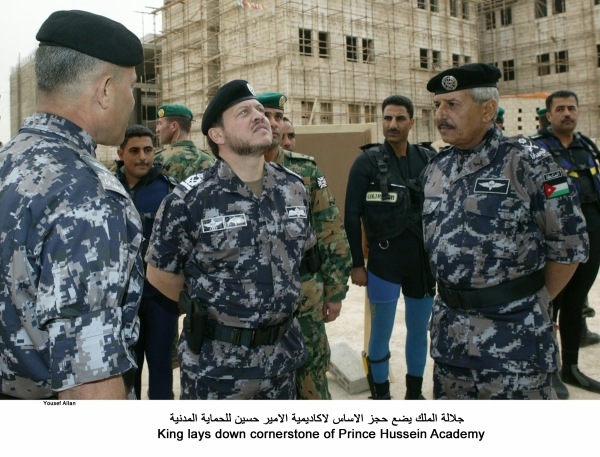
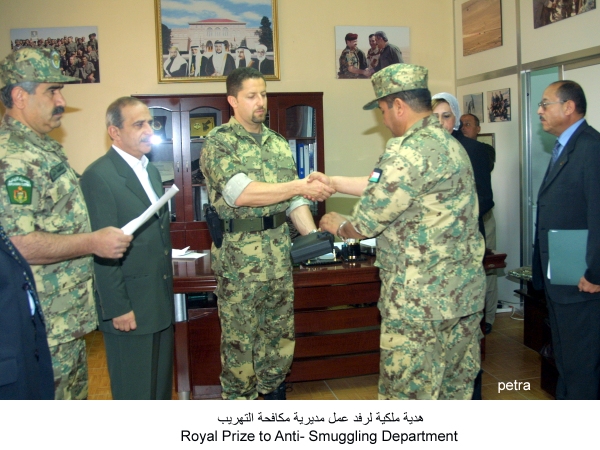

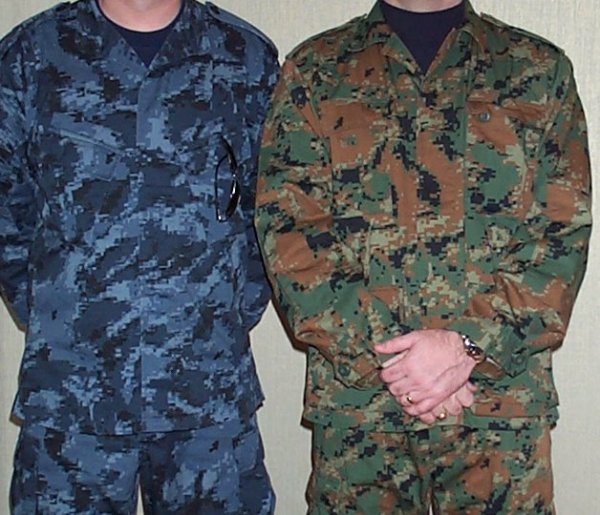
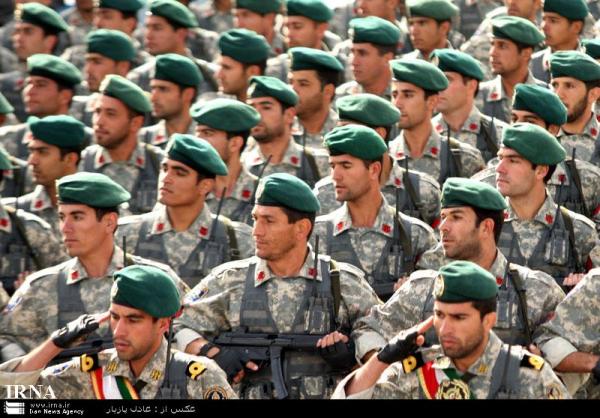
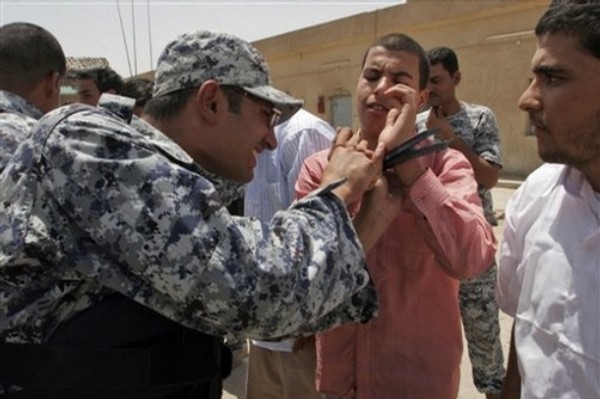
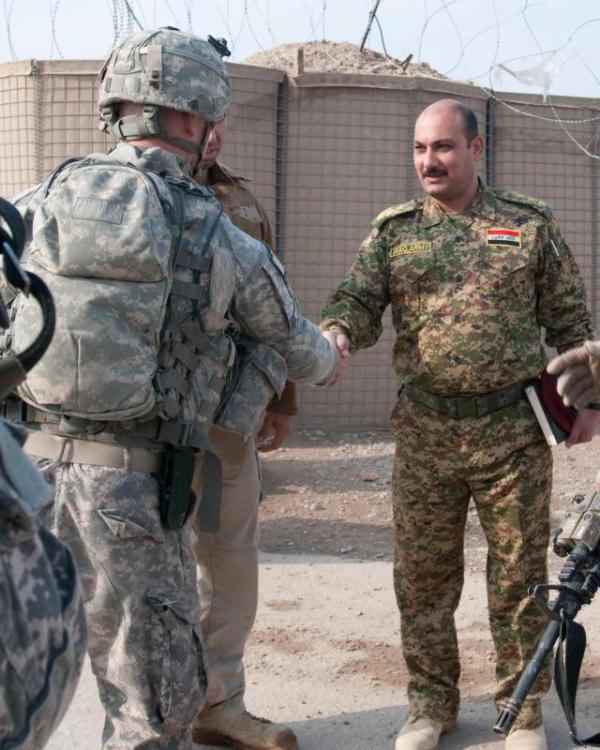
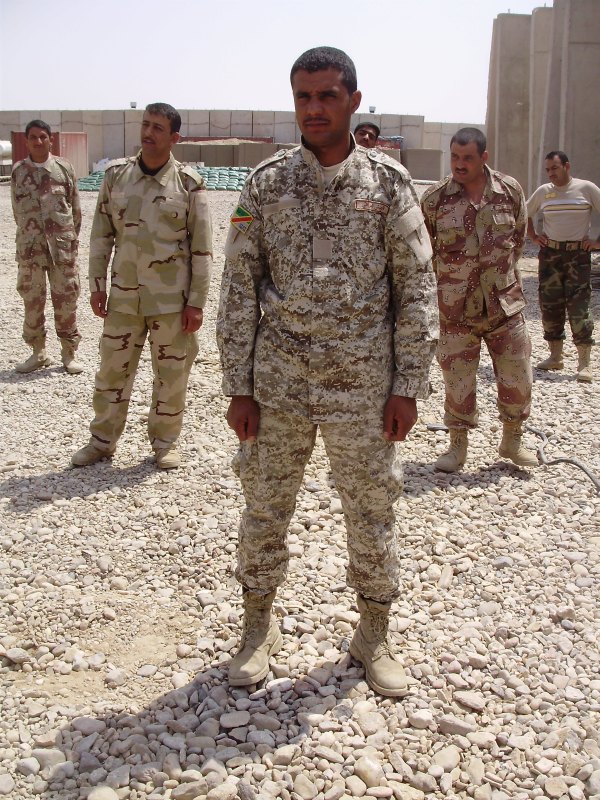

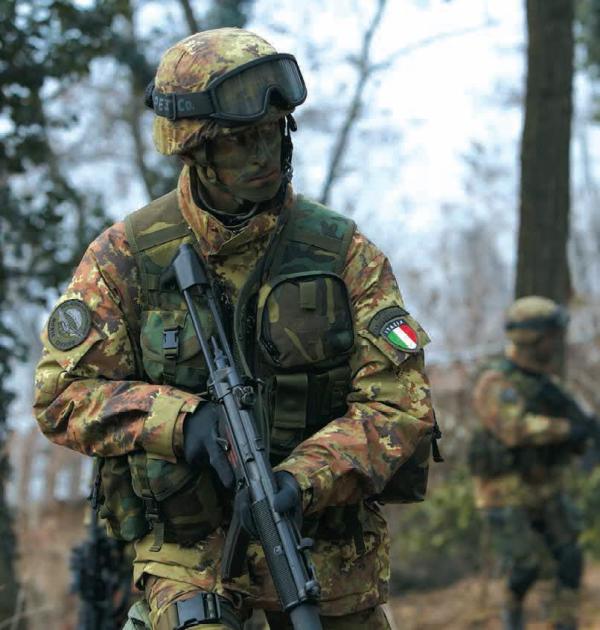
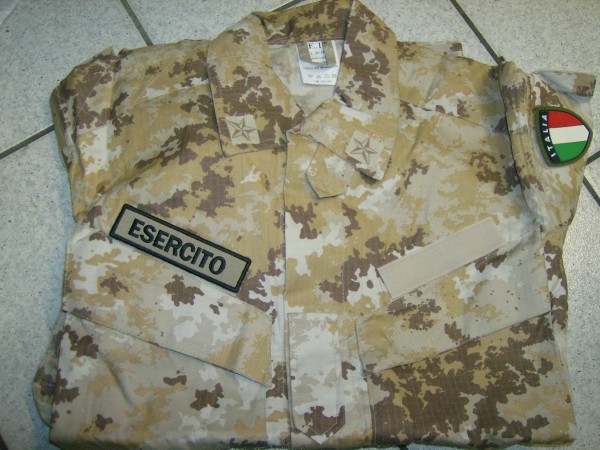
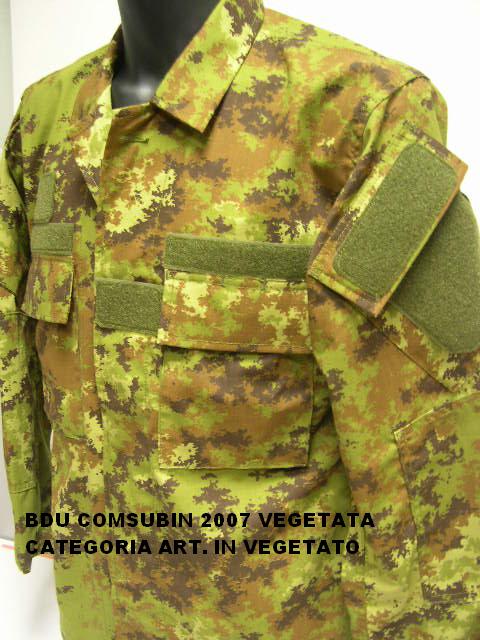
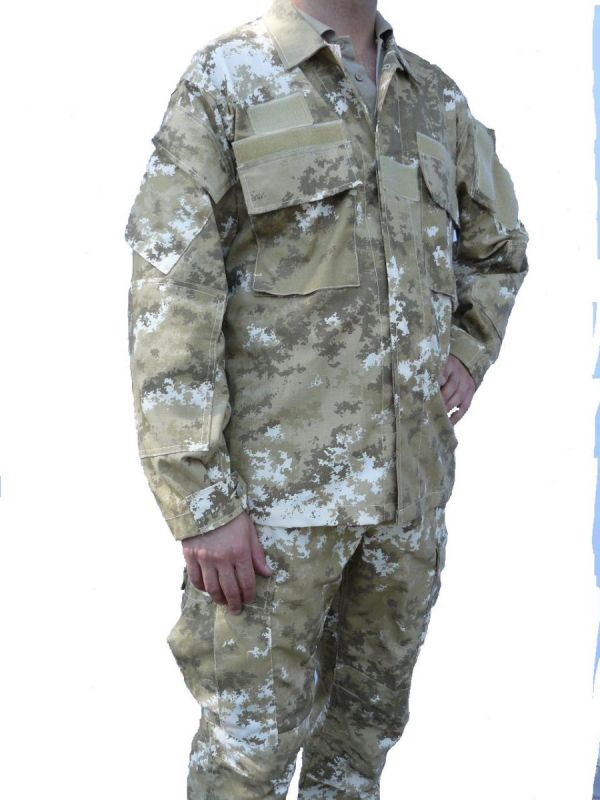
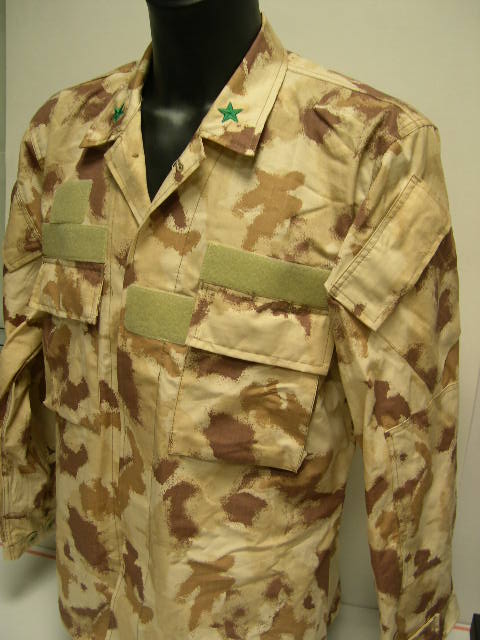
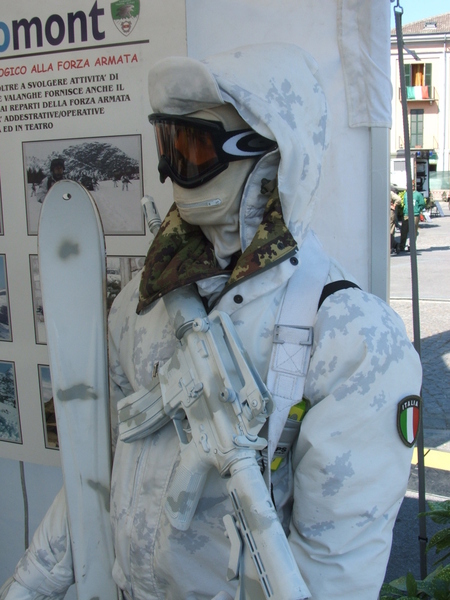
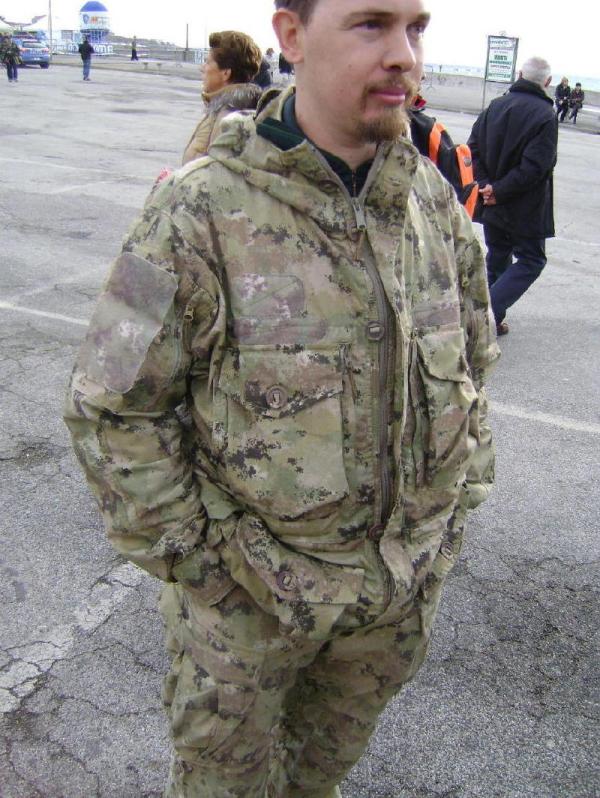
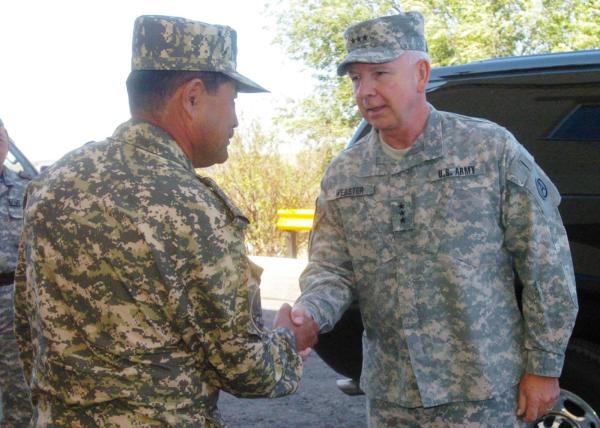

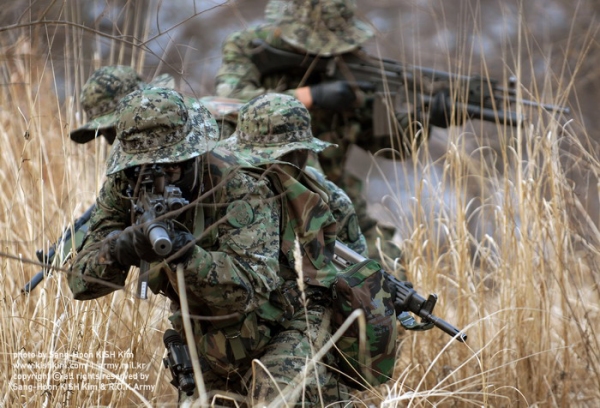

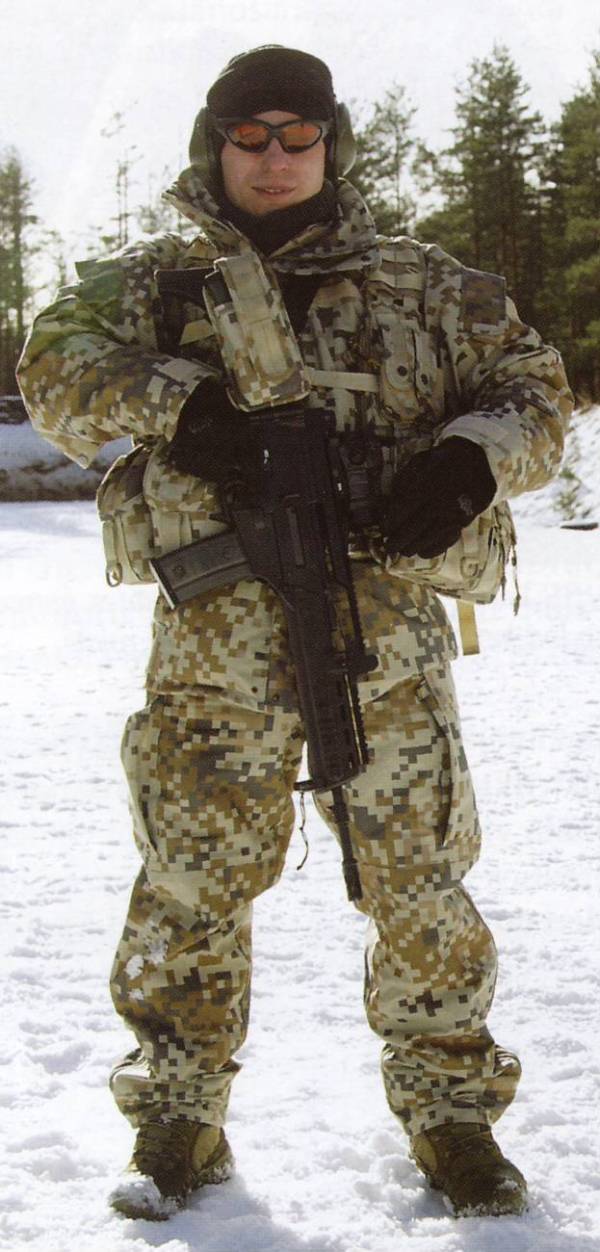
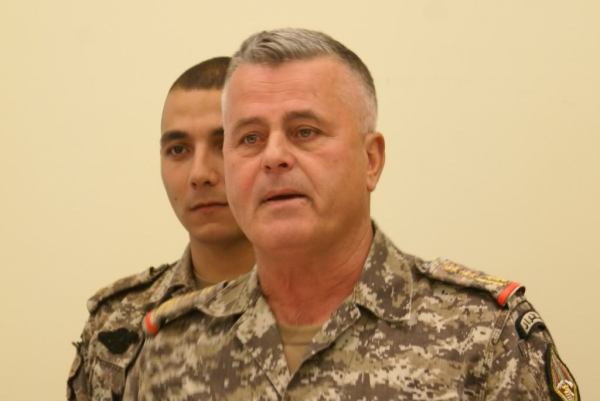

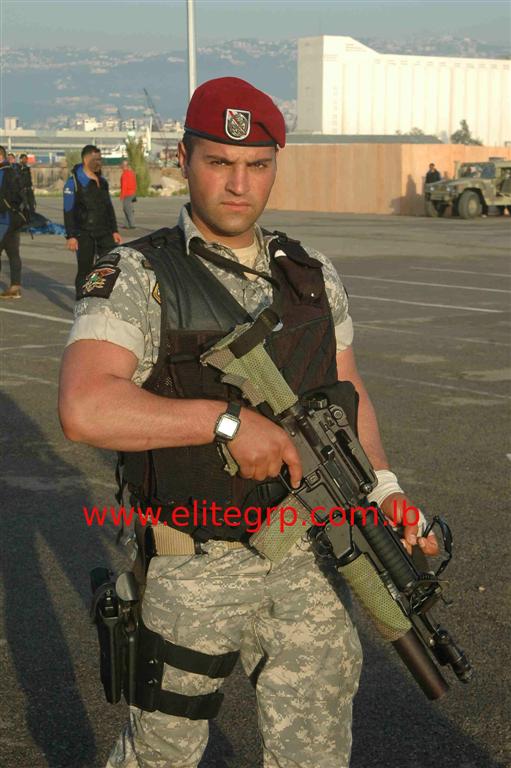
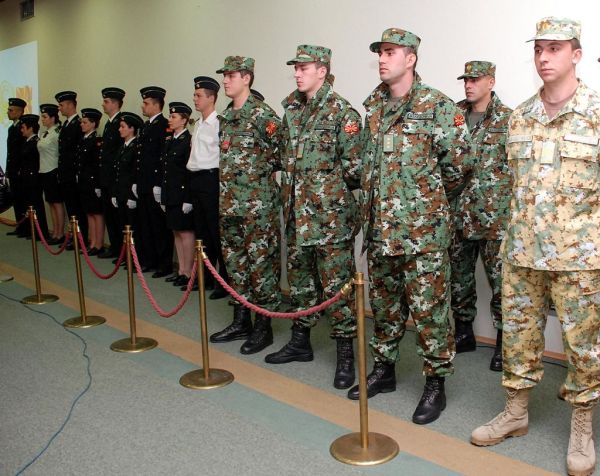

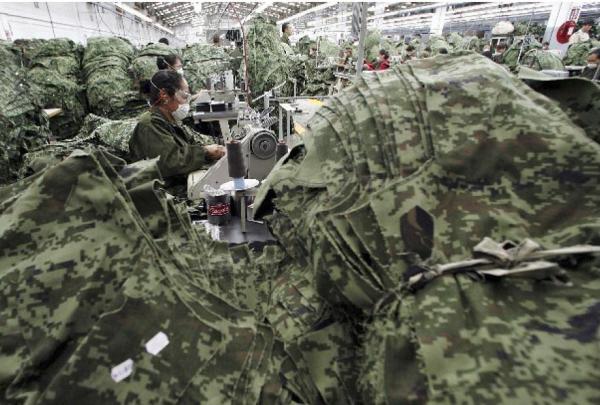
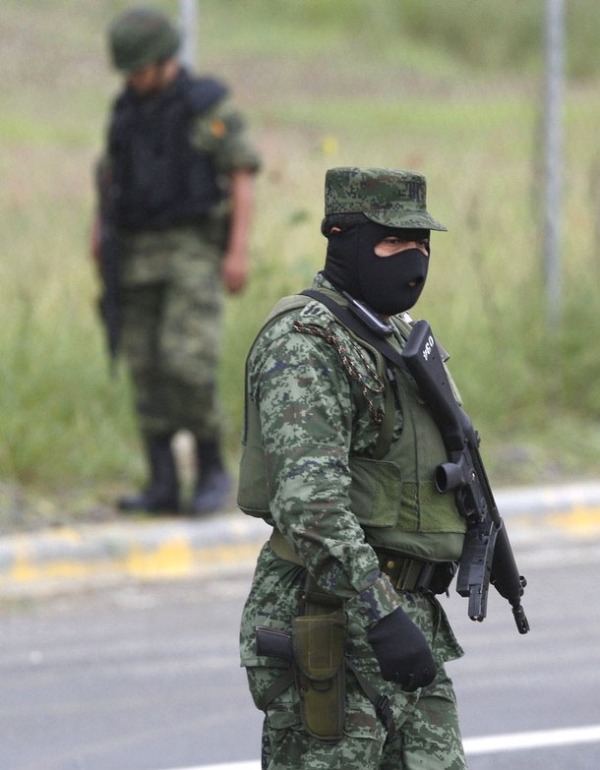



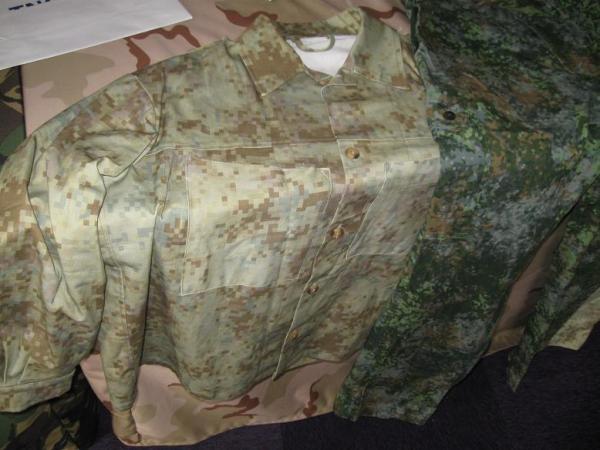

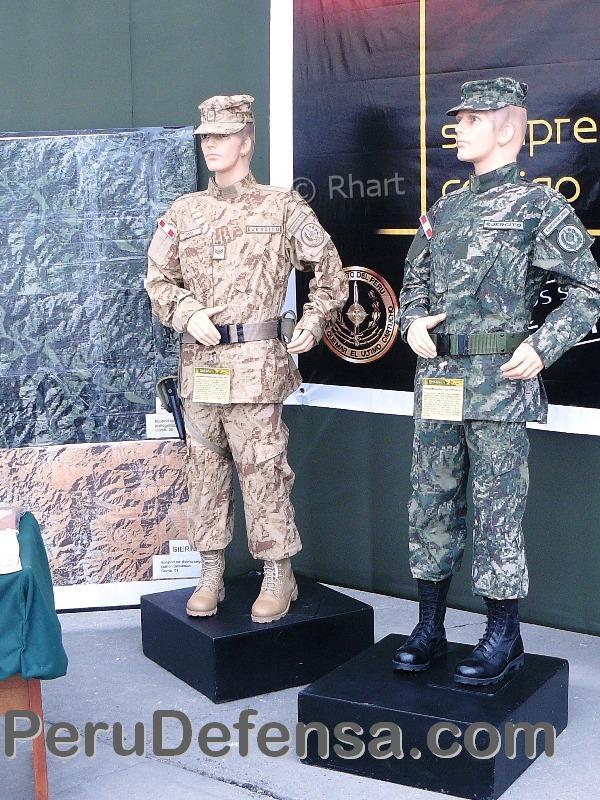
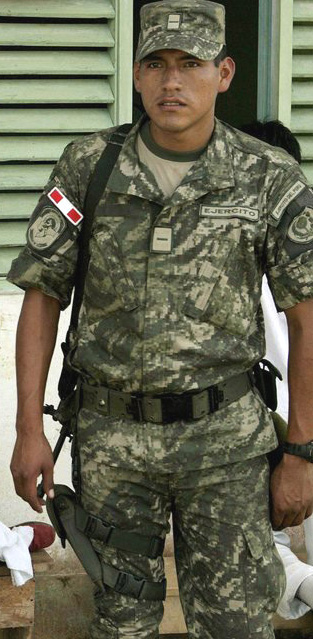
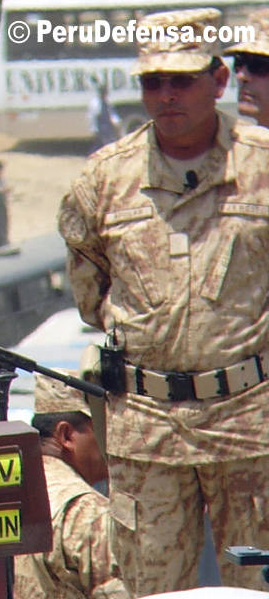
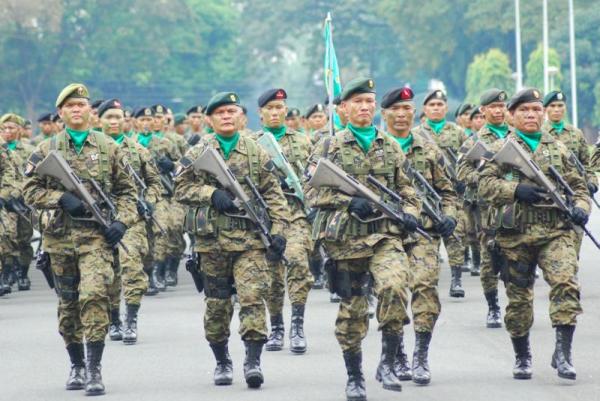
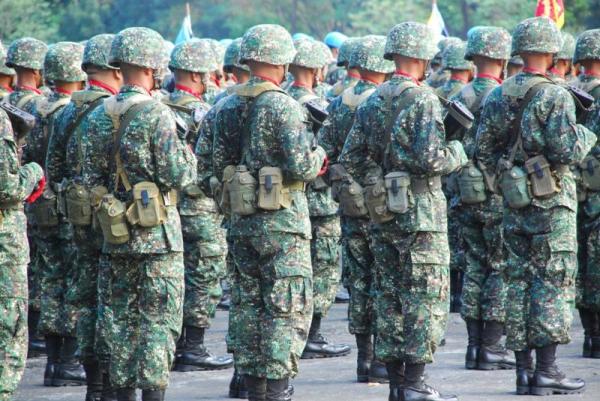
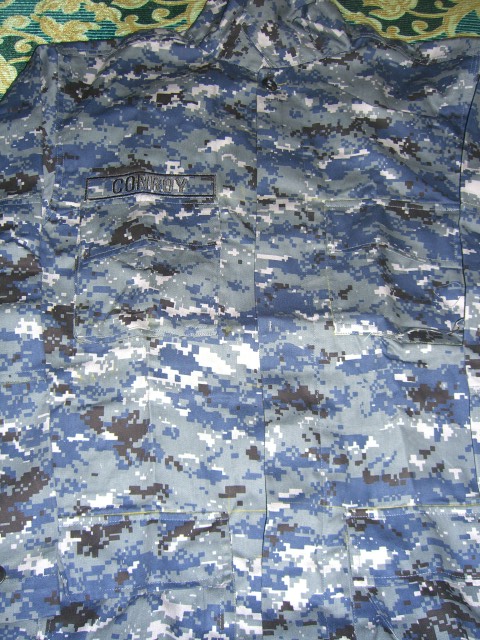
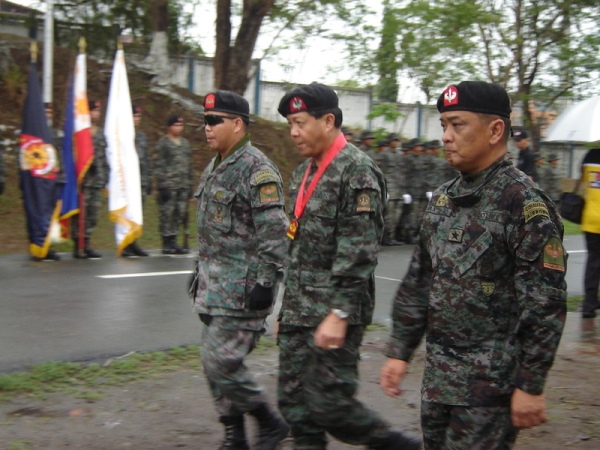
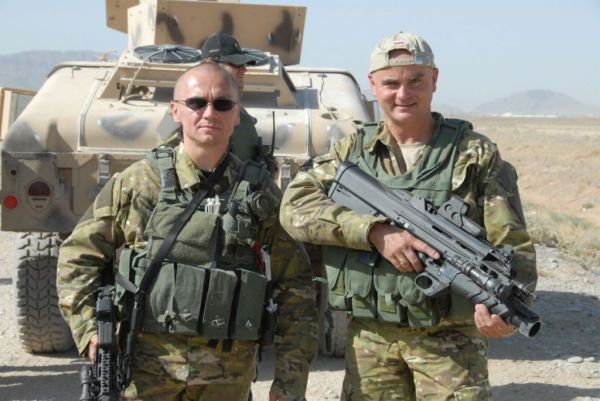
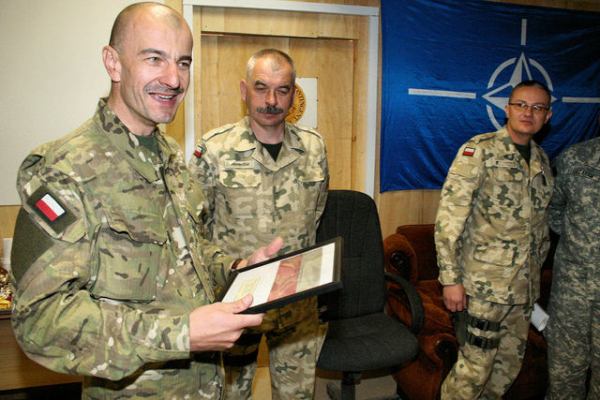
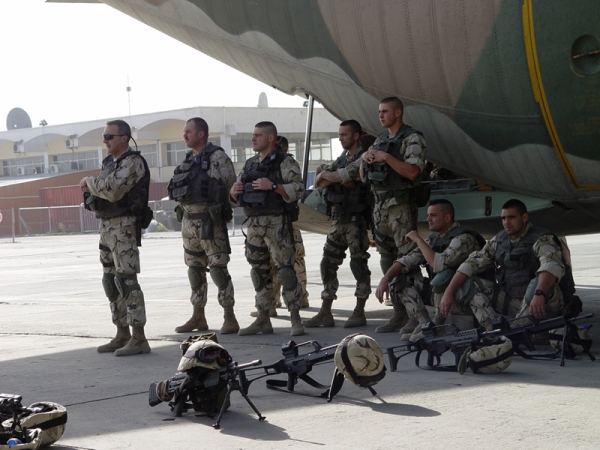
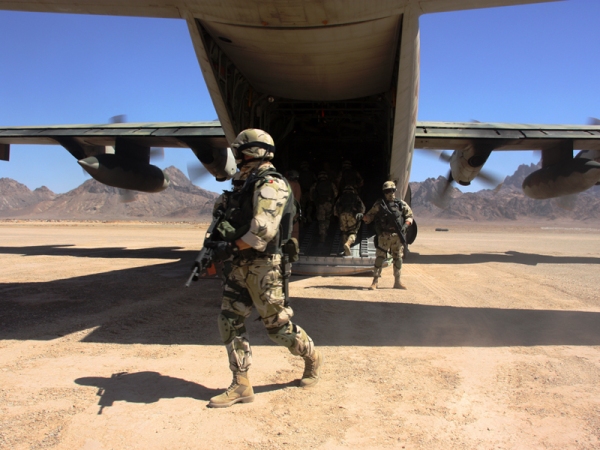
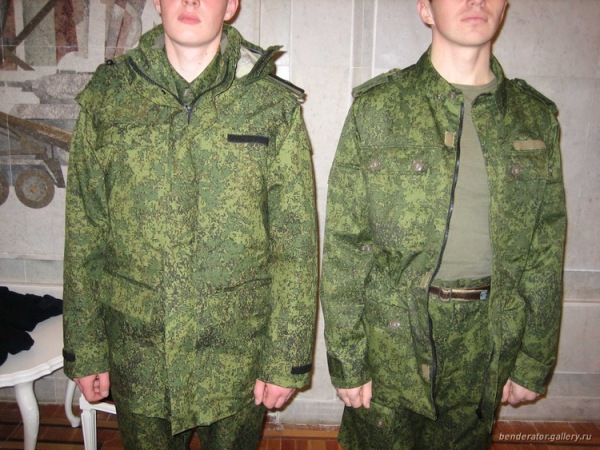

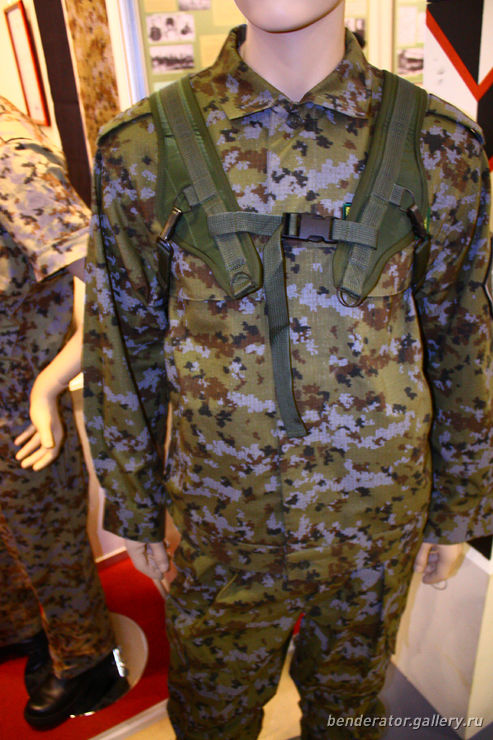
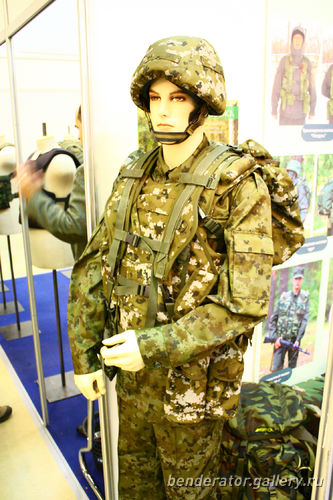
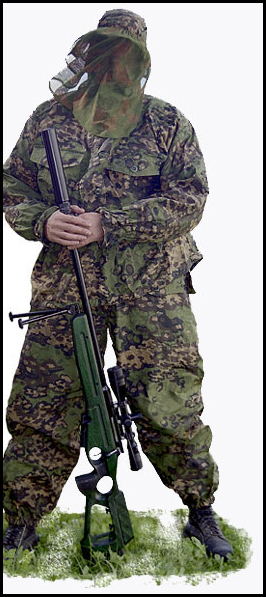

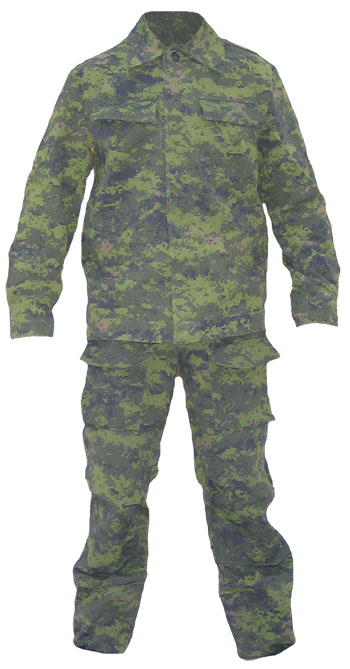







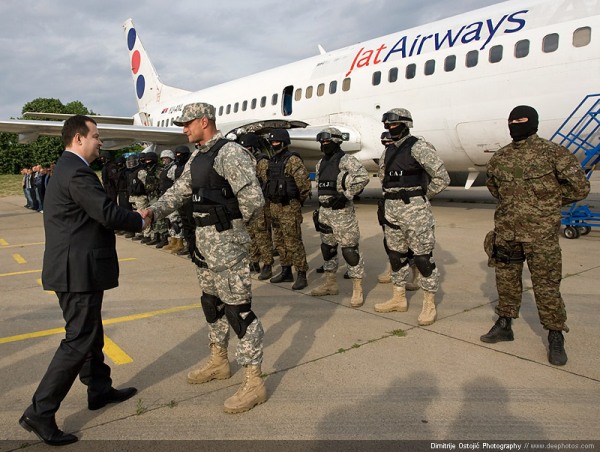
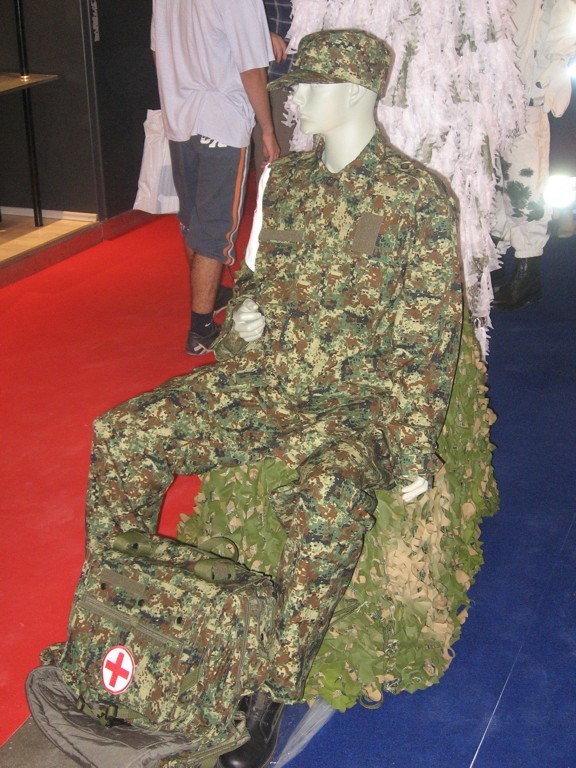
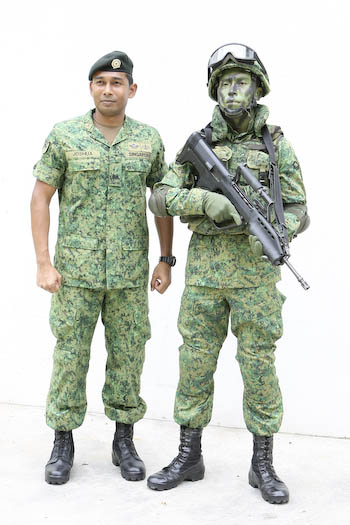
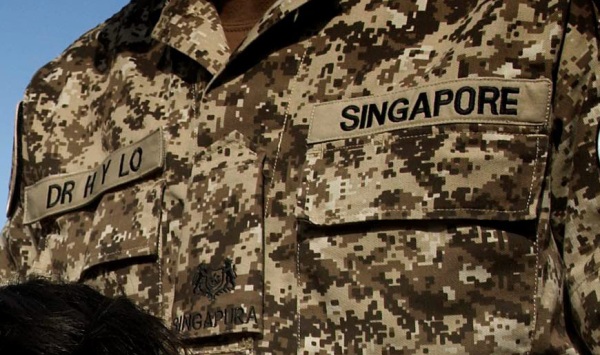
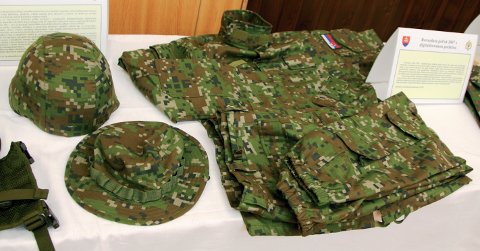
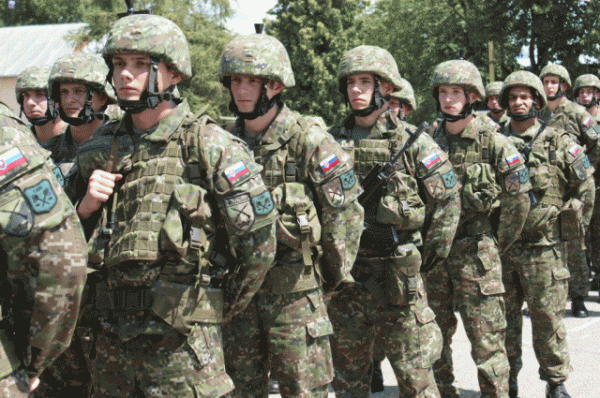
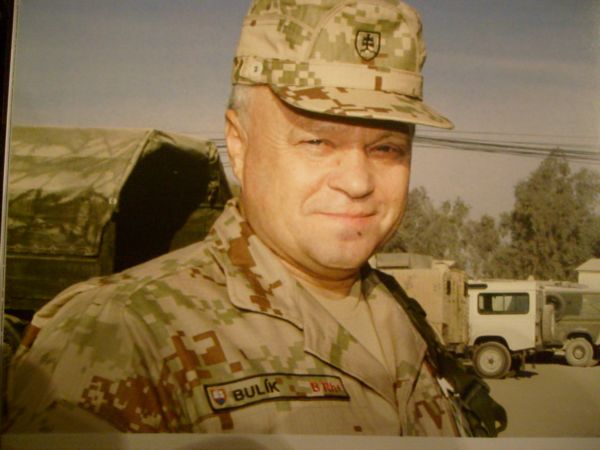

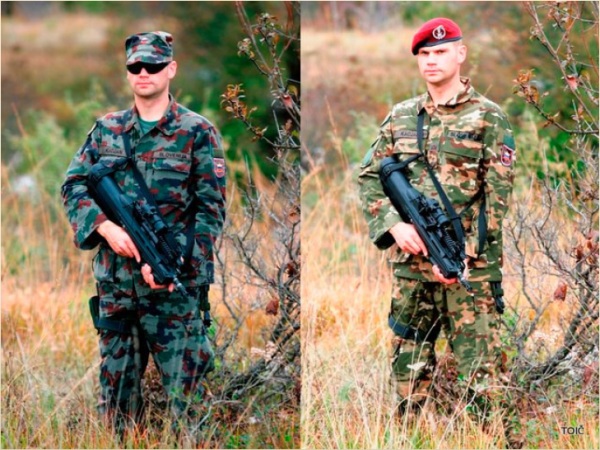

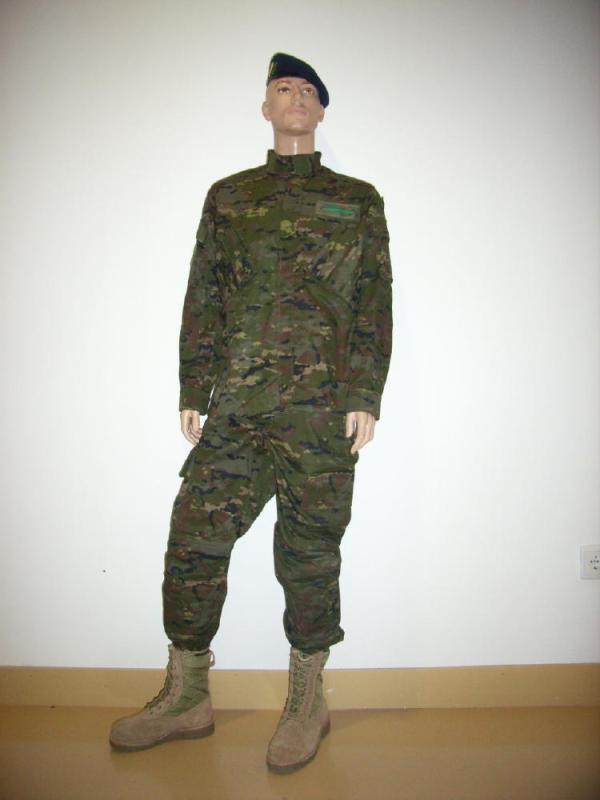
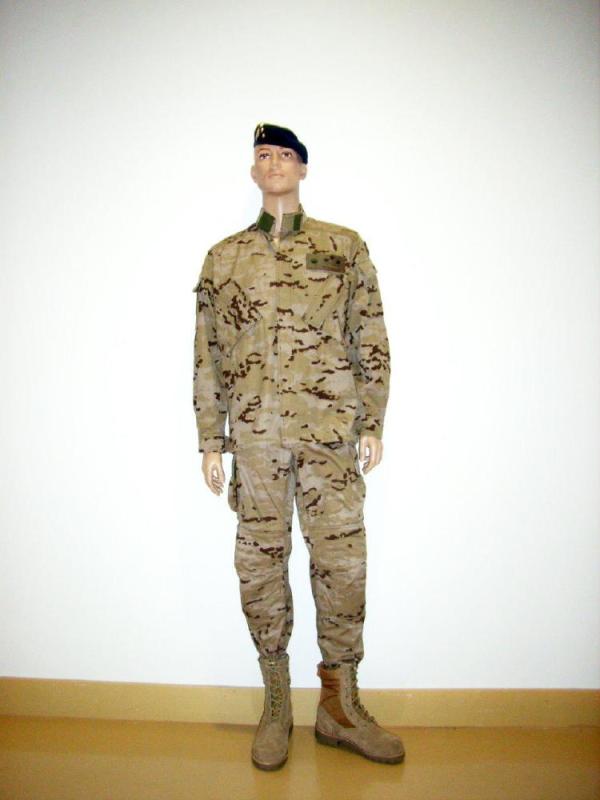
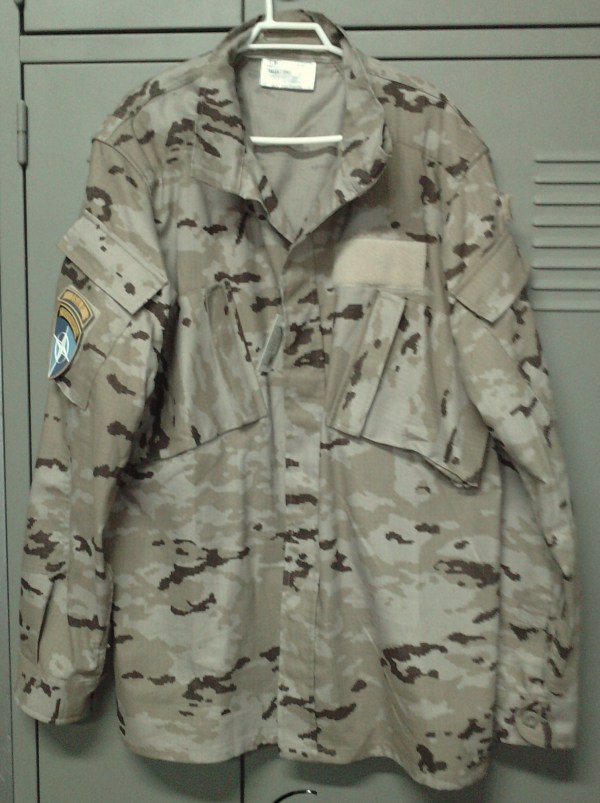

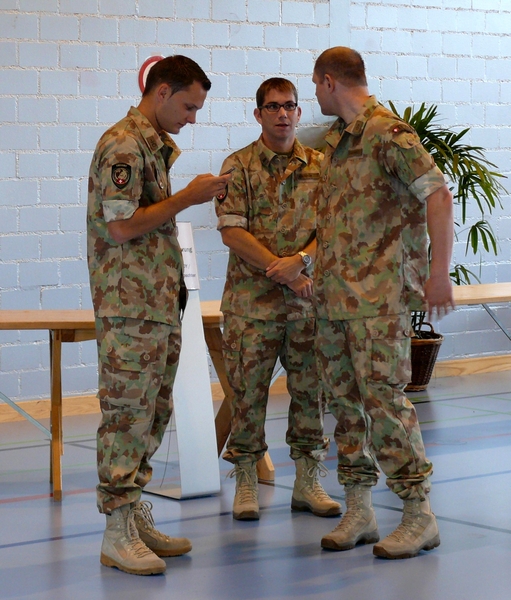
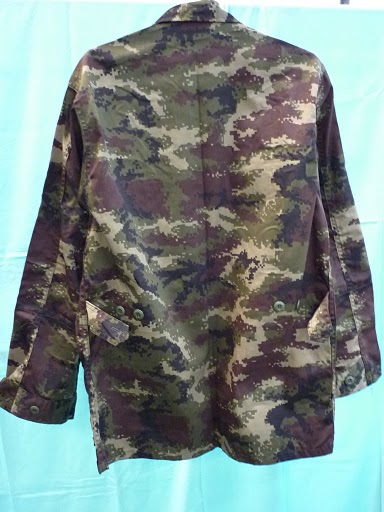
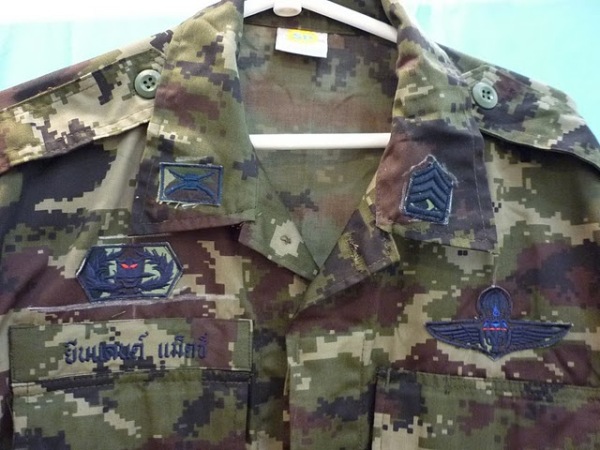
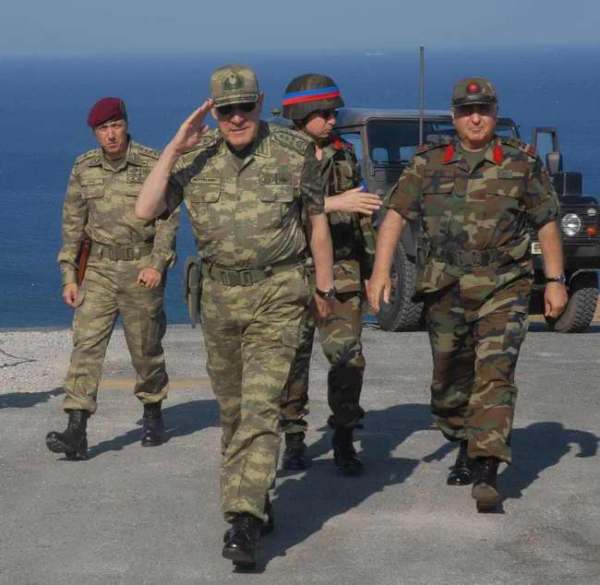
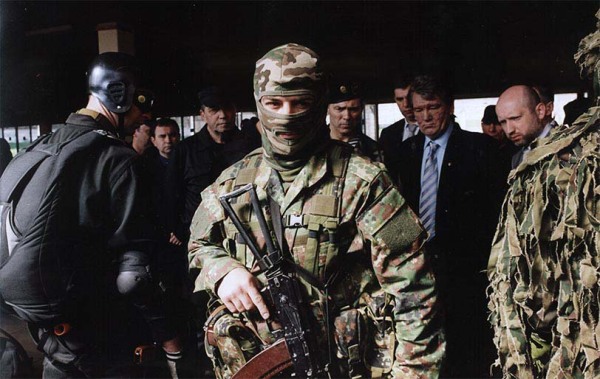
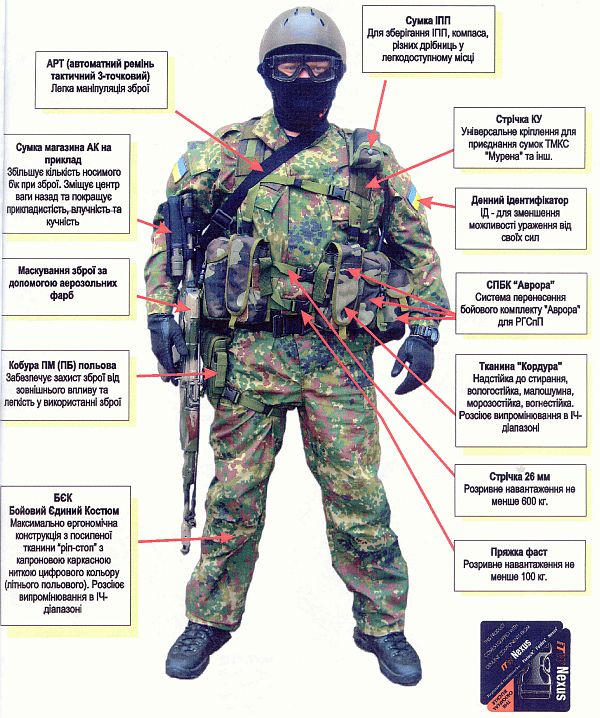

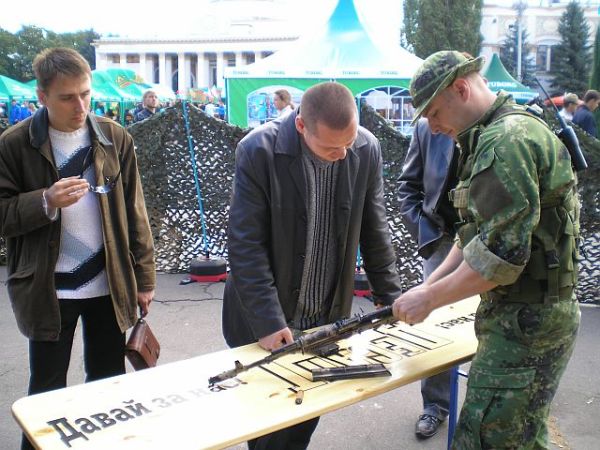
Sem comentários:
Enviar um comentário